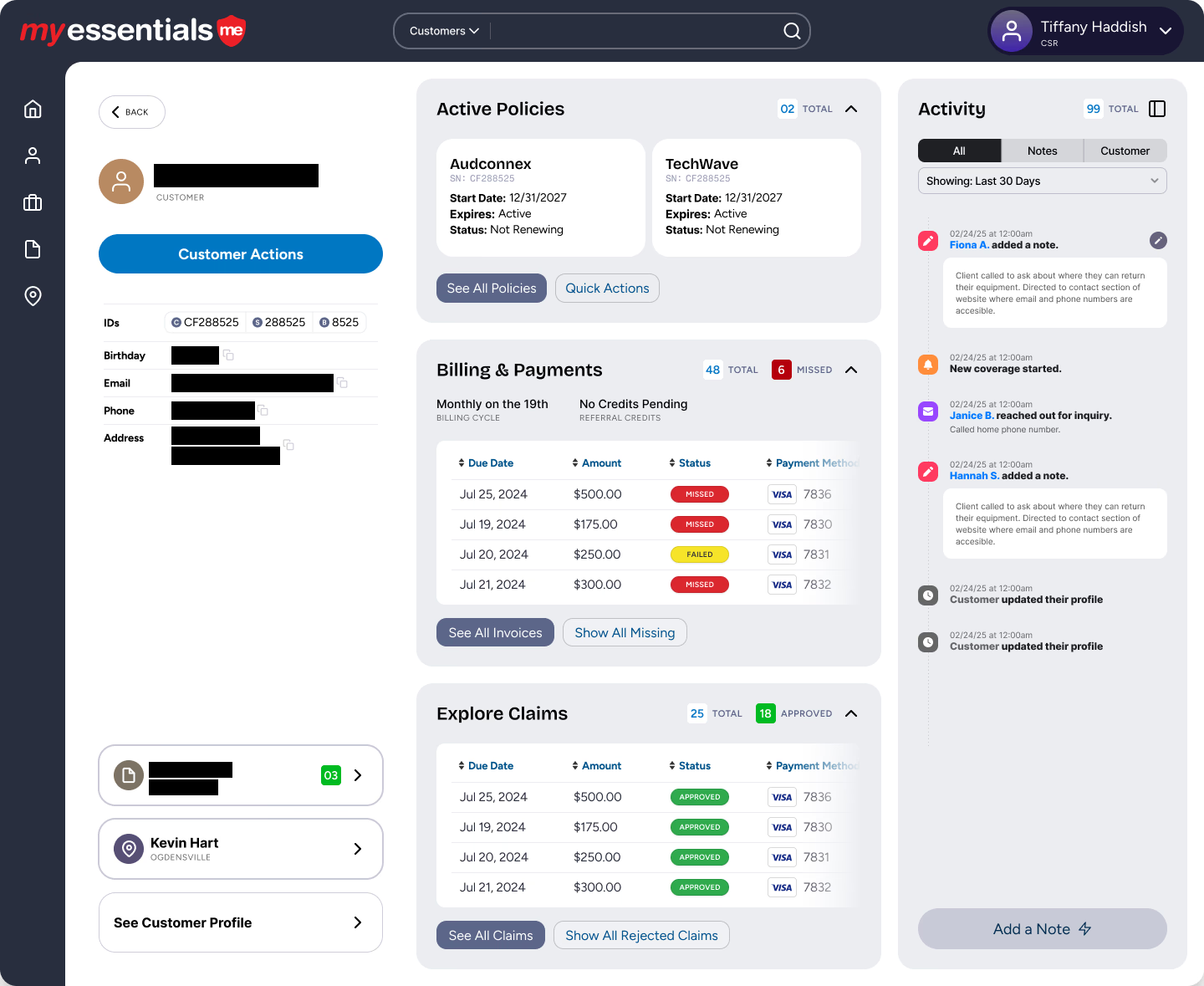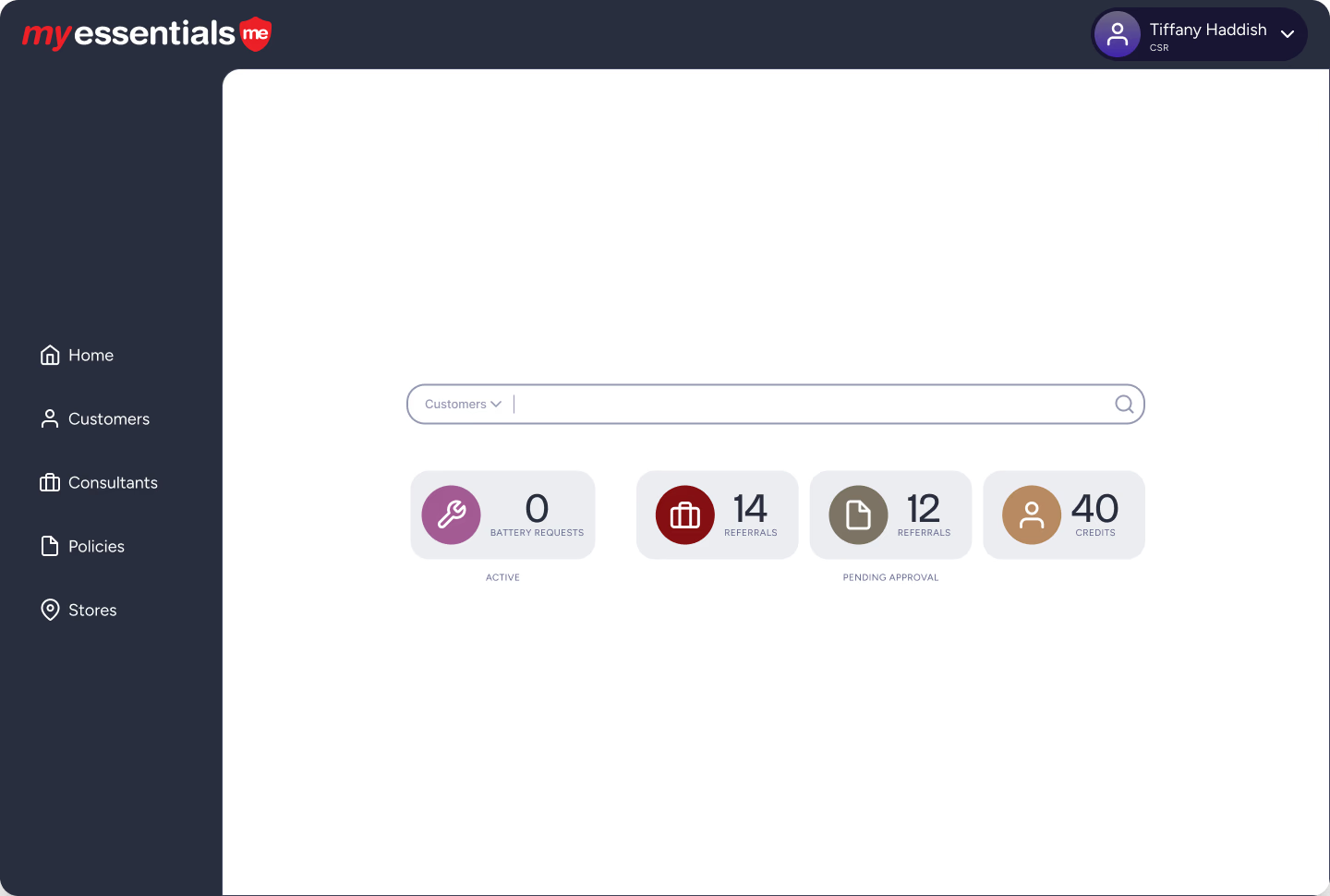Discover why Software Quality Assurance should be the forefront of your project. Learn how early involvement can prevent issues and enhance efficiency.
When you think about quality assurance (QA), you might think about last-minute checks of systems and software that are already built. And yes, there are some aspects of QA testing that do fall near the completion of a project. It’s also true, though, that giving a QA specialist a seat at the table from the very beginning can help you avoid troubling surprises that can creep up during the development process.
An Agile Approach to Software Quality Assurance
In an agile environment, collaborative teams span traditional silos and use a process that allows requirements and solutions to evolve across iterations of the project. This flexible methodology benefits from the involvement of QA team members throughout since they can contribute to the development of a higher-quality product.
In particular, listening to and acting on QA recommendations early in the project helps teams meet expectations for:
Peace of mind
Especially on highly complicated and complex projects, early QA involvement helps prevent issues from arising, eliminates bugs before they create problems systemwide, and supports the implementation of security components and protocols.
Adherence to requirement
By making QA part of the process from beginning to end, teams increase the likelihood that a project will flow efficiently from the initial definition of requirements through design and the early stages of development. When QA is left to the end, there may not be sufficient time to make necessary changes—or project completion may demand significant pressure to meet deadlines.
Respect
At Troy Web Consulting, we’ve found that giving the QA team a seat at the table has led to an appreciation for their discipline among the developers and other team members. Instead of finding issues with the solution at the end of the project and being seen as adversaries late in the game, QA staff help make estimates more accurate and decrease the number of fixes required during final checks.
Risk mitigation
QA staff know the risks inherent in a project. As a result, they are uniquely able to help reduce roadblocks throughout the process. They even contribute to training the team so that anyone can test different scenarios. They can also help clients understand risks—and they can provide in-depth documentation that enables clients to run their own test cases, as needed.
Efficiencies and automation
Most testing requirements are predictable and repetitive, which makes them excellent candidates for automation. Although automation takes time to set up, it allows the development team to realize tremendous efficiencies while simultaneously increasing the granularity of QA testing, especially for projects with many business roles, plenty of logic, and big applications. Automation becomes exponentially critical and more efficient as a system matures and transitions into a “maintenance mode” where rapid deployments are expected.
Overall, we’ve found that including QA staff early fosters better relationships and more trust among all members of the team (analysts, designers, and developers), which helps us work in a more unified manner to meet our clients’ goals. Ultimately, that frees us up to deliver much more consultative business solutions, well beyond the basic requirements of the specific system.



